Forever sinking, forever rising!"In training a proper stance you should imagine yourself like a bust on top of a pillar." |
Your AuthorDaniel R. Hyde
Licensed Massage Therapist OIF, OEF Veteran U.S. Marine Corps Instructor of: Kwan Ying Do Kung Fu Tai Chi Chuan Chi Kung Tui Na, Chinese Massage Thai Massage Shiatsu, Japanese Massage Archives
May 2021
Categories |

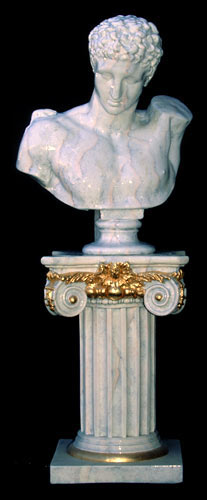
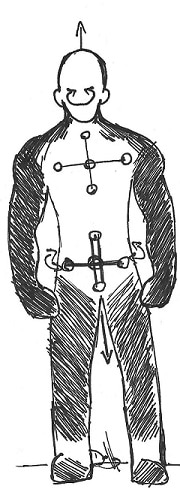
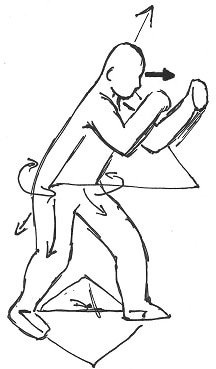
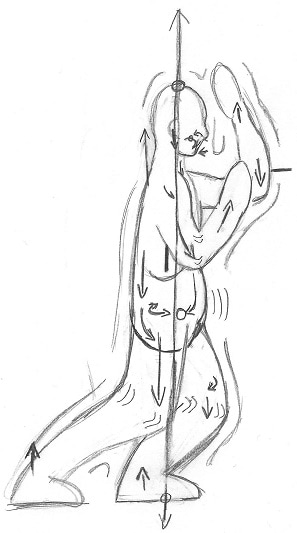
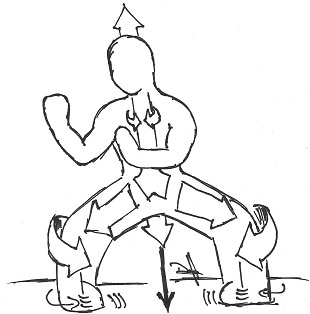
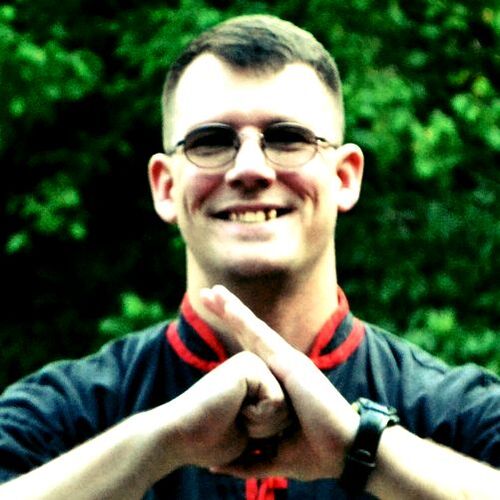
 RSS Feed
RSS Feed
